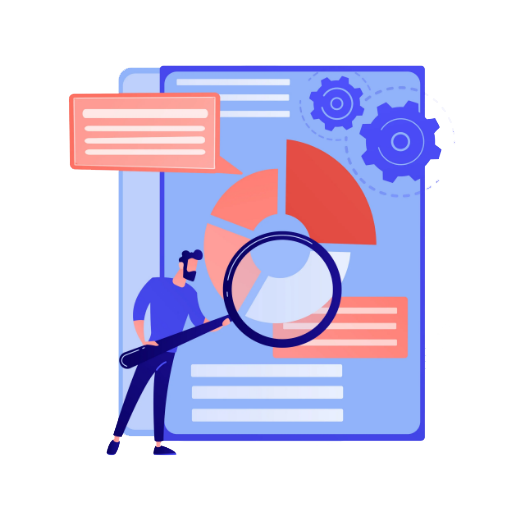OCR systems combine hardware and software to convert physical, printed documents into machine-readable text.

We use cookies to ensure that we give you the best experience on our website.
By using this site, you agree to our use of cookies. Find out more.
In first-of-its kind data & analytics platform to address challenges faced by automobile insurance industry and auto buyers, MotorDNA, a US based Data & Analytics company, created the largest repository of vehicle specifications for all make and models in the US. The idea was to use this knowledge to build actionable insights that would transform how auto insurance industry develops the risk factors to make smart underwriting decisions; and how consumers could save money on insurance premium by choosing safest vehicle, indicated by Vehicle IQ™ Score. This required OCR implementation at a mammoth scale to read process and preserve more than 25 million documents (Vehicle Specification Sticker)
The original files were old, archived documents with distorted fonts and characters, unrecognizable color depth, huge array of varied structure in the documents, and sheer scale of data.
Our team completed one of the largest OCR implementations in the industry using the Google TensorFlow (default logic). And we created an additional model called ‘Character Purification’ to further clean the data as near-to-perfect accuracy and usability. The data collected was found fit to be utilized to build insights, using Artificial Intelligence and Machine Learning techniques, and developing Vehicle Build Specification in a normalized and standardized format across all the makes and models of vehicles sold in US.
A global client in financial industry required OCR implementation to read and evaluate financial documents for audit purposes.
The challenges were found across complex medley of various formats, structure, distortion of fonts and characters, and quality of paper and print
We developed OCR software with significant investment of time and resources in R & D of volumes of documents in context of challenges at forefront. Using the framework of TensorFlow and Python, we developed and deployed the tool with accuracy and extraction up to 82%.
The client was able to use the tool to process lakhs of documents and conduct audit without facing challenges around data extraction, purification and usage.

An OCR program scans documents, images, originally stored as pdfs and jpegs, isolating characters in documents, re-arranging, thus enabling editing and repurposing of the original content, eliminating the need for huge volumes of manual data entry efforts.
OCR programs can deliver with great accuracy. They can be trained to extract trillions of data, unthinkable to extract and utilize through any other method. They can automate complex document-processing workflows, and are even available to public.
Leveraging AI modelling, an OCR software can be trained through advanced methods that can identify handwriting styles and various languages.
OCR systems combine hardware and software to convert physical, printed documents into machine-readable text.
OCR software then converts the document into a colored or black-and-white version.
The scanned image or bitmap carrying strings of words, numbers , images is analyzed for light and dark areas
The dark areas are identified as characters that need to be recognized. The light areas are identified as background.
The dark areas are processed to find alphabetic letters or numeric digits, targeting one character, word or block of text at a time.
Characters are then identified using algorithms such as pattern recognition, feature recognition, and more on rules the system is trained on.
When a character is identified, it is converted into an ASCII code that computer systems use to handle further manipulations.
An OCR program analyzes the structure of a document image. It divides the page into elements such as blocks of texts, tables or images.
After processing all likely matches, the program presents the recognized text, as results, that proceed to Document Management Systems, from where they can be used as reliable sources of information for varied purposes
OCR technology simplifies the data-entry process by creating effortless text searches, editing and storage. OCR allows businesses and individuals to store files on their computers, laptops and other devices, ensuring constant access to all documentation.